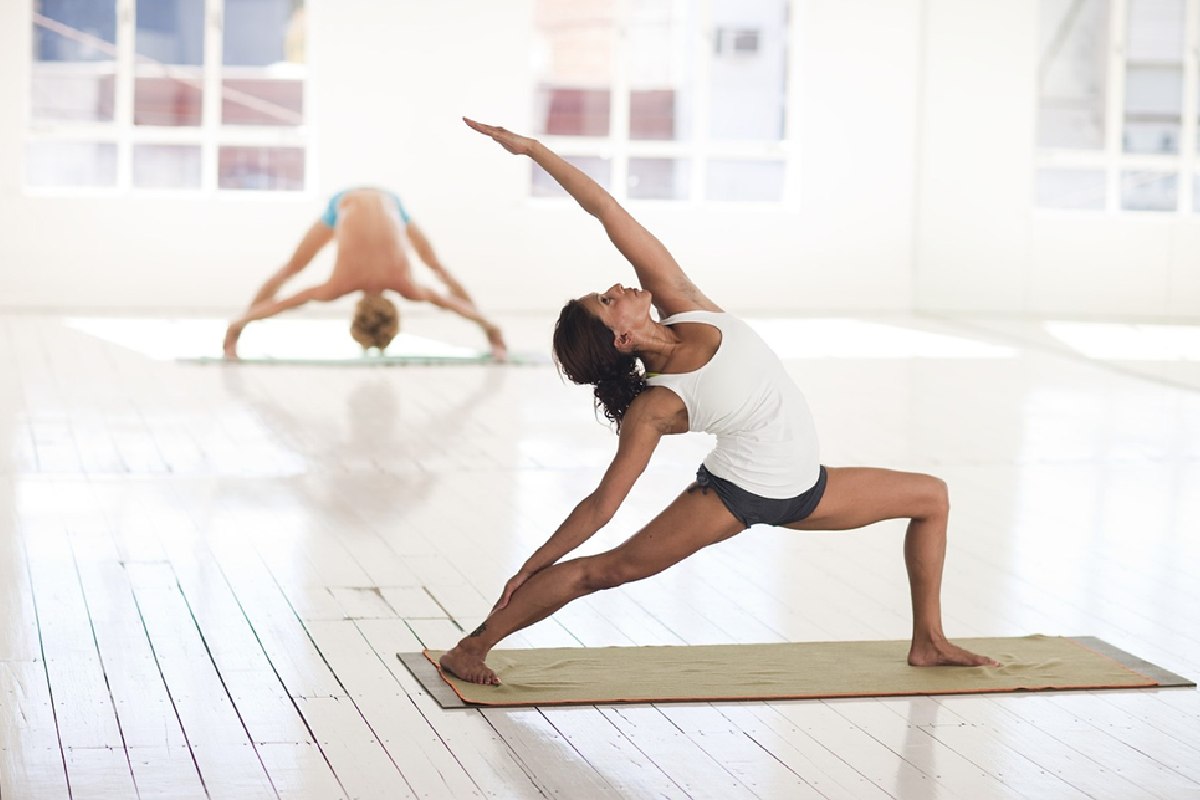Whenever you are doing anything, there is a major proportion of people around you giving their opinions on it. Same is true for stretching as well, some say it is really good post-workout, some believe that it should be a part of cool down exercises. And few people surprisingly believe that stretching just does no good and it is totally okay to avoid it. So, now how one will differentiate the truth from false and hollow opinions? Let’s discuss.
Table of Contents
Common Myths About Stretching
Myth 1: Stretching Prevents All Injuries
The basic concept behind stretching is that doing it before an exercise will safeguard you against injury. While stretching increases flexibility and mobility, it cannot guarantee that injuries will be prevented. Musculoskeletal injuries occur due to improper movement patterns, muscle imbalances, or misuse of muscle. Stretching may not completely solve these problems; rather, mobility work and strength training should create a more optimally balanced body.
Myth 2: Stretching Before a Workout Is a Must
It is an old wives’ tale that one must stretch themselves before a workout. However, static stretching, which is holding a particular position for a specific duration, could decrease muscle power in an active person. Therefore, instead of static stretching, dynamic stretching should be done to warm up, so that muscles are adequately prepared in controlled movements.
Myth 3: More Stretching Means More Flexibility
Stretching increases flexibility, but the notion of simply stretching more for better results is a misperception. There are, of course, other influencing factors such as muscle elasticity, joint health, and general body movement patterns. Consistency is something to keep in mind, but stretching must combine with strength training to leverage optimal mobility.
Best Practices for Effective Stretching
To maximize the benefits of stretching, it’s important to do it correctly. Here’s how:
1. Incorporate Dynamic Stretching Before Workouts
Always go for more dynamic conventions of stretches before the actual workout. Do not do static stretches, but rather try to perform leg swings, arm circles, or walking lunges before any workout to prepare your muscles and joints for the intended motion.
2. Pair Stretching with Proper Gear
One of the big factors in the development of flexibility and injury prevention, is the correct gear. The right fit of shoes, the moisture-wicking fabric development, and compression wear will provide stability around the muscles and lessen strain. You can always opt for compression leggings, oversized fit for greater range of motion, and a very well-fitted sports bra, especially when the movement involved is high-impact.

3. Hold Static Stretches After Exercise
Static stretches work best when done after exercise, when muscles are warm and supple. Each stretch should be held between 15 and 30 seconds, concentrating on the larger muscle groups like your hamstrings, quadriceps, shoulders, and back.
4. Don’t Force a Stretch
There should be no pain, but only stretching when you do the procedure. To stretch too much is an invitation to injury. Every stretch should be done in an easy way, that is how it should be approached by the body.
Incorporating Stretching into Daily Life
Stretching isn’t just for gym-goers. Even if you don’t work out regularly, adding a few simple stretches to your daily routine can help maintain mobility and reduce discomfort from prolonged sitting or standing. Try stretching first thing in the morning to wake up your muscles or in the evening to unwind before bed.
The Real Benefits of Stretching
While myths exist, stretching does offer significant benefits when done correctly.
1. Improves Range of Motion
One thing that stretching definitely does is to elongate the fibers, which allows greater range for muscle movements. If you are someone who wants to better their performance in activities like weightlifting, running, or even during daily movements, stretching is a good option for you.
-
Supports Muscle Recovery
Another benefit of stretching is that it improves the blood circulation and delivers the required nutritions to the muscles. These nutrients help muscle to recover faster, as oftentimes after physical exertion micro tears in muscles can occur..
3. Reduces Muscle Stiffness
If you are someone who has a desk job, or sits for a really long interval, then you know that rigid, stiff feeling in your muscles.To reduce the stiffness, stretching is a really good remedy as it allows better blood circulation. Another bonus benefit is that it also helps you in improving your overall posture.
4. Enhances Relaxation
Physical health is not just for your body, it definitely affects your mental health. And to live a balanced and proper healthy life these two are equally important. Because of stretching your parasympathetic nervous system gets activated and then it relieves your stress and promotes relaxation. Stretching helped multiple people to feel more energetic and at peace in their daily routines.
Conclusion
Everything has its pros and cons; so do stretching. Yes, it helps alot and has multiple benefits, but it’s not a solution to your every problem. It does provide a framework to better perform your daily physical activities but you need to combine it with other workouts to gain full advantage. Also, no matter what physical activity you are performing, the golden rule is to always listen to your body. Incorporating all these tips into your life you will move better and recover faster.

